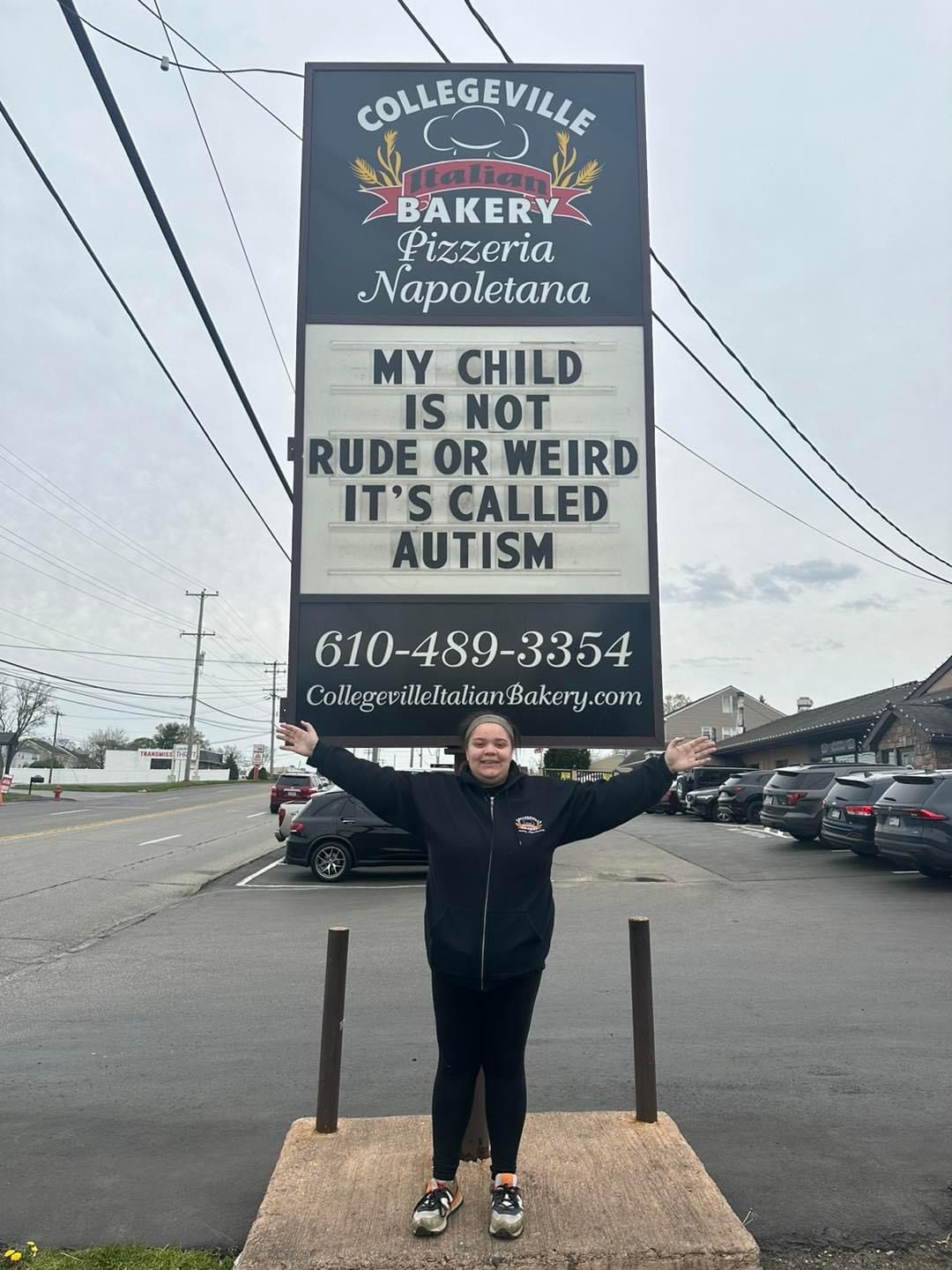"Why did you sign me up for this?" or Back to School Emotions
Resistance is an expected healthy reaction to transition. Join and lead with humor and compassion :)

Time management is all about managing emotions when it comes to getting ready to leave the house and go to school or completing homework.
Transitioning from summer time to school time is rough and emotionally demanding.
Here is a list of specific steps adults can take to help the children and teens manage their emotions as they adjust to school life and demands.
- Create a digital or a printed book “our summer 2024”. It is a symbolic closure and helps to solidify core memories about the break.
- For younger children, print out, laminate a couple of family photos and place them on top of their lunch box, or inside the pencil case or backpack. It helps with self-soothing and reassurance when missing a family being at school alone all day.
- For younger children, use pictures to show them their school day schedules and weekend day schedules.
- For older children, use a poster board to “visualize” their schedules on weekday vs weekend. Older children might enjoy finding images on the internet and placing them on the board.
- Use weekends and days off to reinforce sleep-wake schedules that mimic school schedules. It improves your morning interactions, prevents a lot of morning struggles and feeling like a drill sergeant.
- Remember, that most socially difficult and sometimes stressful experiences stem from needing to find a group of kids to sit with at lunch and play with during recess. If you are able, be proactive and organize simple get-togethers for your child’s school friends. If your child is in elementary school, they will see some of their old friends during lunch and on the playground during recess. Getting together with them over the weekend or getting pizza after school makes recess and lunch at school less stressful.
If you like more individual guidance and coaching, please contact us at 2017570600 or drj@jeltova.com



